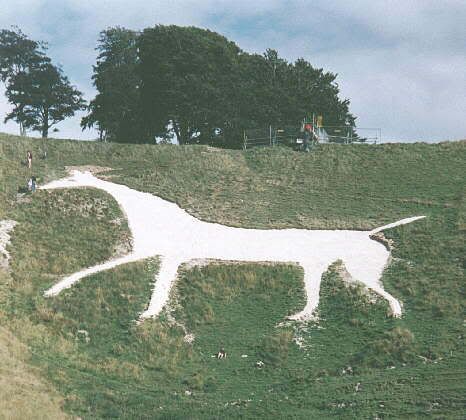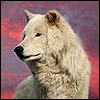Post by Jen on Mar 15, 2008 15:21:38 GMT 1

WILTSHIRE is famed for its white horses. Cut into the chalk hillsides, these figures have been an important symbol for centuries. Thirteen white horses have existed in Wiltshire, but only eight are still visible to the naked eye.
It is believed the original idea for the chalk horse may have derived from early horse worship. The horse was sacred in Britain in prehistoric times and was revered by Celts, Romans, Saxons and Danes.
From the famous landmark the Westbury horse, to the recently restored horse at Cherhill, these figures are often to be found nestling underneath iron age hill forts, on the shallow tops of chalk escarpments and looking out across the gently sloping downs.
Their origins are often uncertain and they are still being built today - Wiltshire's newest horse in Devizes was created to celebrate the Millennium. The oldest of the horses at Uffington in Oxfordshire, was built during the Bronze Age and remains an elegantly curved figure to this day.
There are also smaller horses at Hackpen, Broad Town, Pewsey, Alton Barnes and Marlborough. The horses are cut into the grassy top soil, which is then removed to expose the chalk underneath. Much like their living counterparts, the horses need regular grooming to keep them looking their best. Within only a few years, the horses can quickly become neglected and disappear.
The process of looking after the horses is often a communal affair, with community groups and parish councils getting involved to restore the figures to prime condition.
source of info
more info
There are other parts of England that sport their own chalk horses too.
click here






